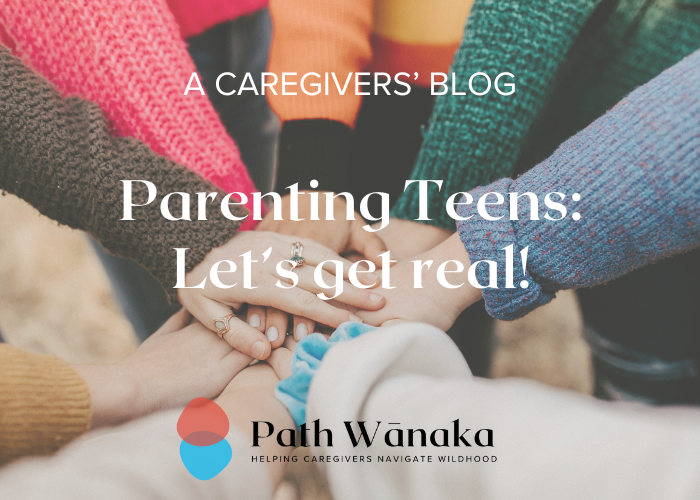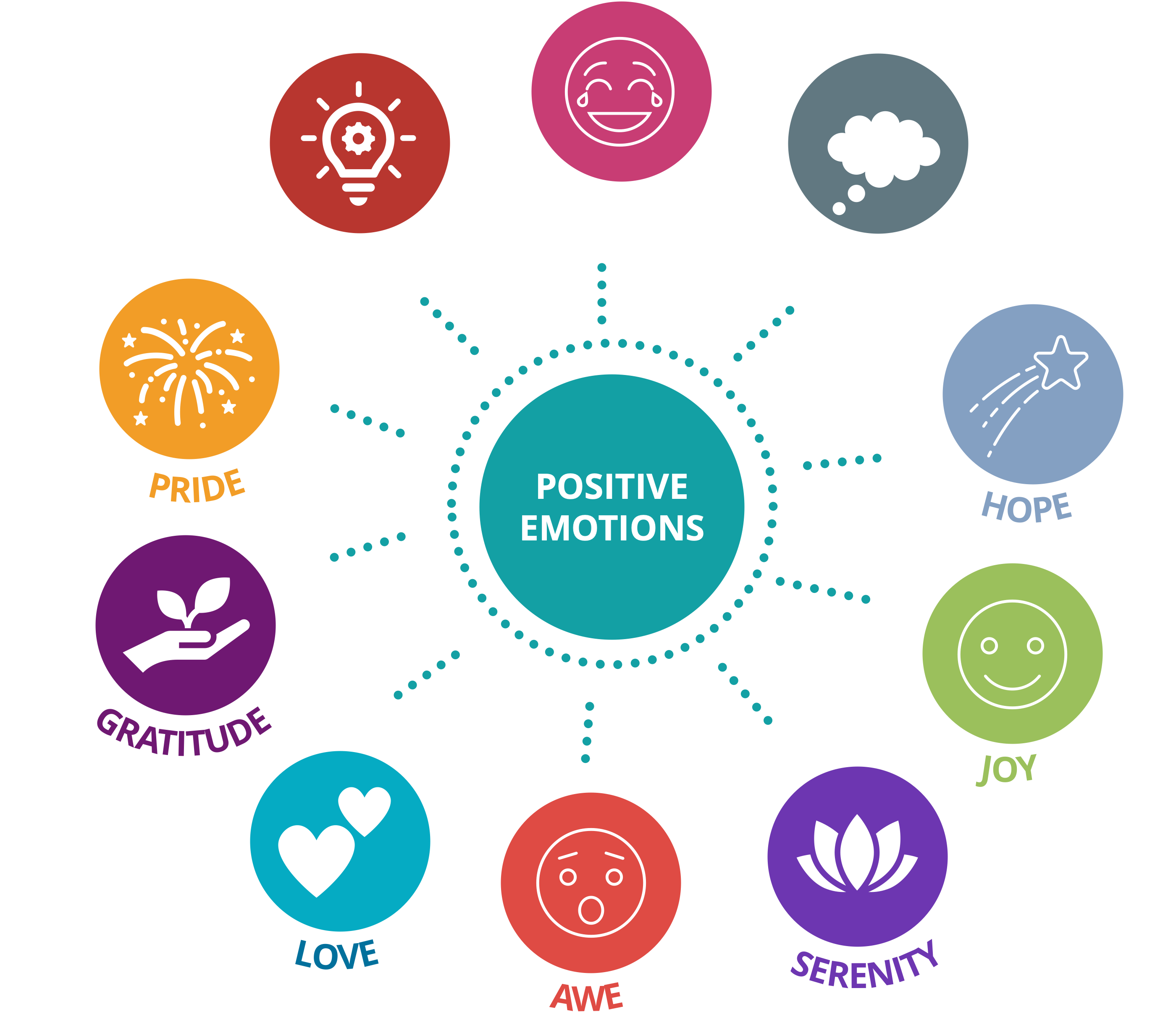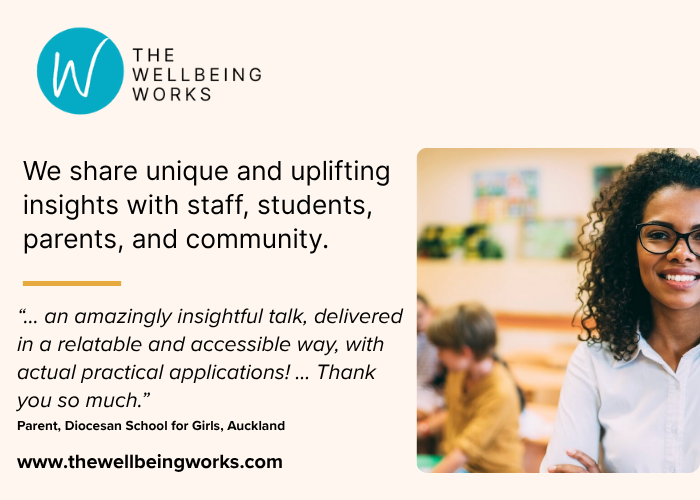The Surprising Power of Positive Emotions (Caregivers' blog)
Kim Tay – Director, The Wellbeing Works
17 October 2025, 4:00 PM

We often think of happiness as the reward we get after everything’s sorted. But science shows that small moments of positive emotion – like joy, amusement or gratitude – help us cope better and perform better. They’re not just a result of wellbeing – they’re a tool to build it.
- Research shows that dialling up positive emotions can:
- Strengthen the immune system
- Improve test scores and creativity
- Boost sports performance
- Help the body recover from stress faster
And yet – unlike negative emotions, which show up loudly and linger – positive emotions tend to be quiet. We have to notice them, invite them in, and let them land.
Here are three ways to help your teen (and yourself) do just that:
1. Spot the glimmers
Glimmers are those small, often-overlooked moments that spark even a flicker of joy – sun on your face, finishing a task, a kind message, something funny online. Ask your teen: “What’s one small thing that made you smile today?” When we train the brain to notice glimmers, we naturally invite in more light.
2. Savour the good stuff
Positive emotions are fleeting. Unlike negative emotions, they don’t tend to stick to the brain unless we help them along. That’s why savouring matters.
When something feels good – enjoy the feeling for just a few seconds longer. Let it land. Dwell on it. This simple pause gives the brain time to absorb the benefits.
3. Celebrate small wins and good effort
When something goes well – even just a little – say it out loud. “You handled that really calmly,” or “I saw how kind you were to your friend.” These small affirmations fuel positive emotion and help build confidence, connection, and resilience.

Positive emotions don’t just feel good – they do good.
Kim Tay is the founder of The Wellbeing Works and runs science-based workshops that build mental skills for wellbeing and high performance – at home, at school, and at work. For more bite-sized, no-fluff insights, sign up for her (very occasional, no-spam) newsletter here.
Read Kim’s other posts here.
Why Your Teen Might Be Stuck on the Negative – and What Helps!
Stuck in a Mood? How to Shift It
Taming the Inner Critic (self-talk)



